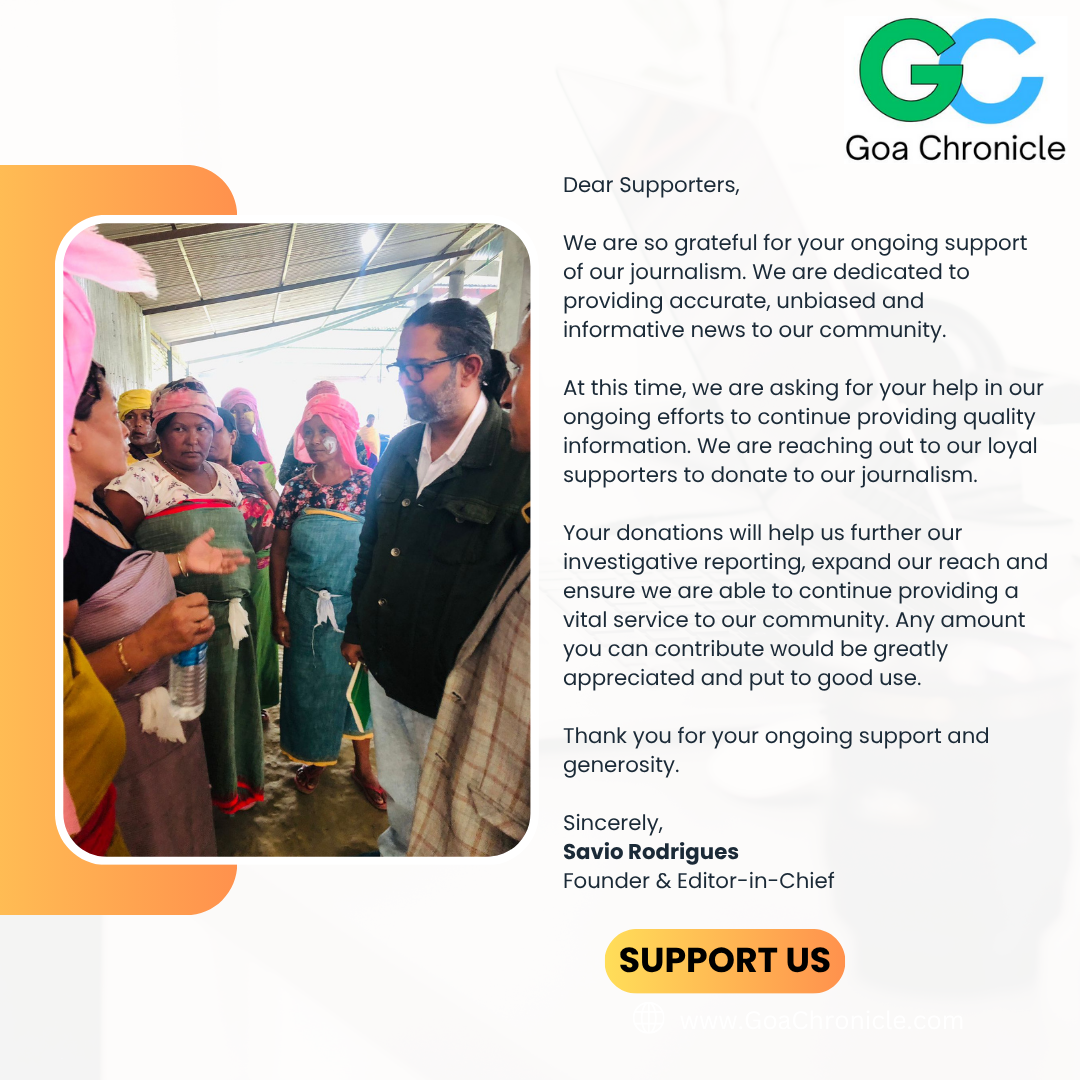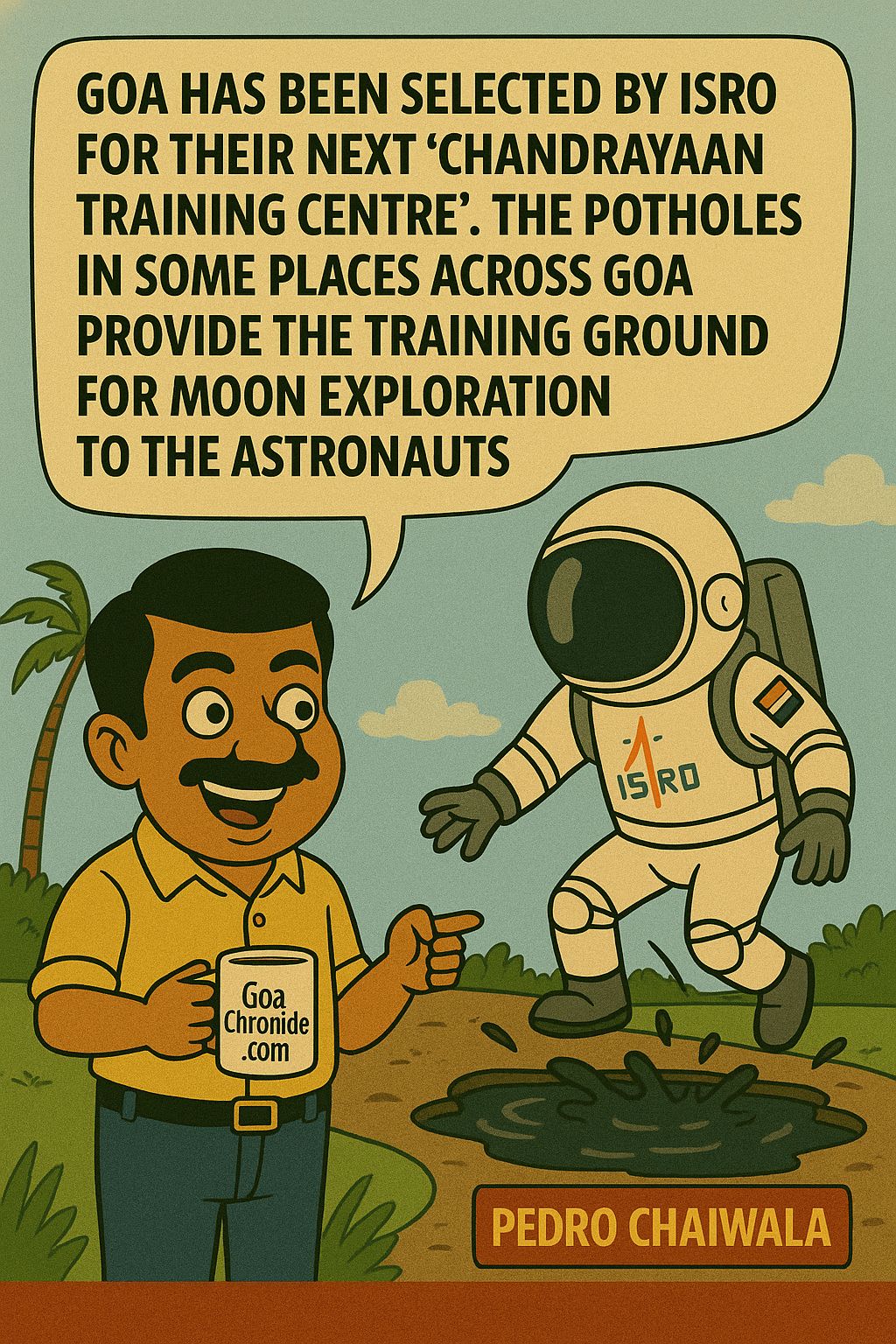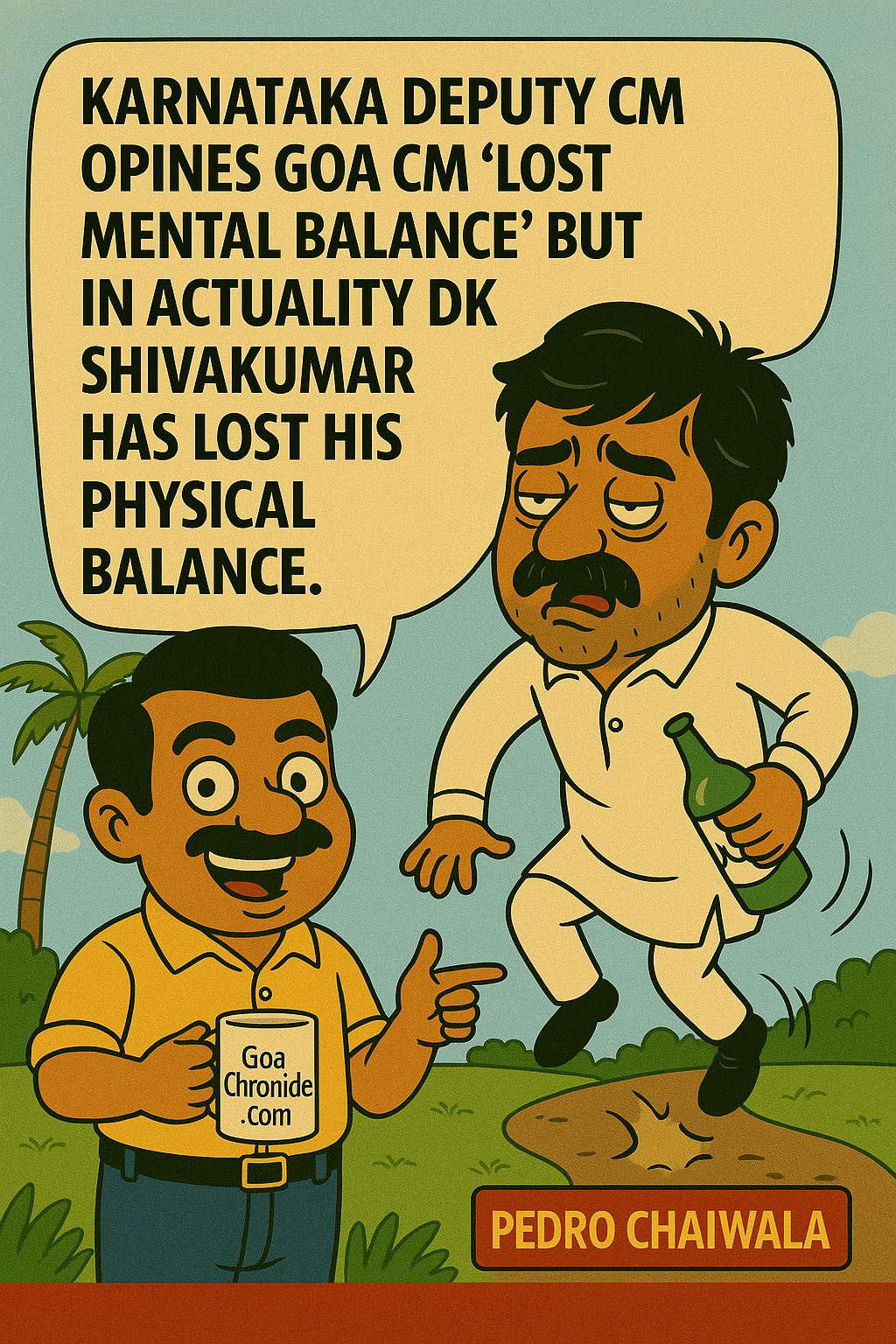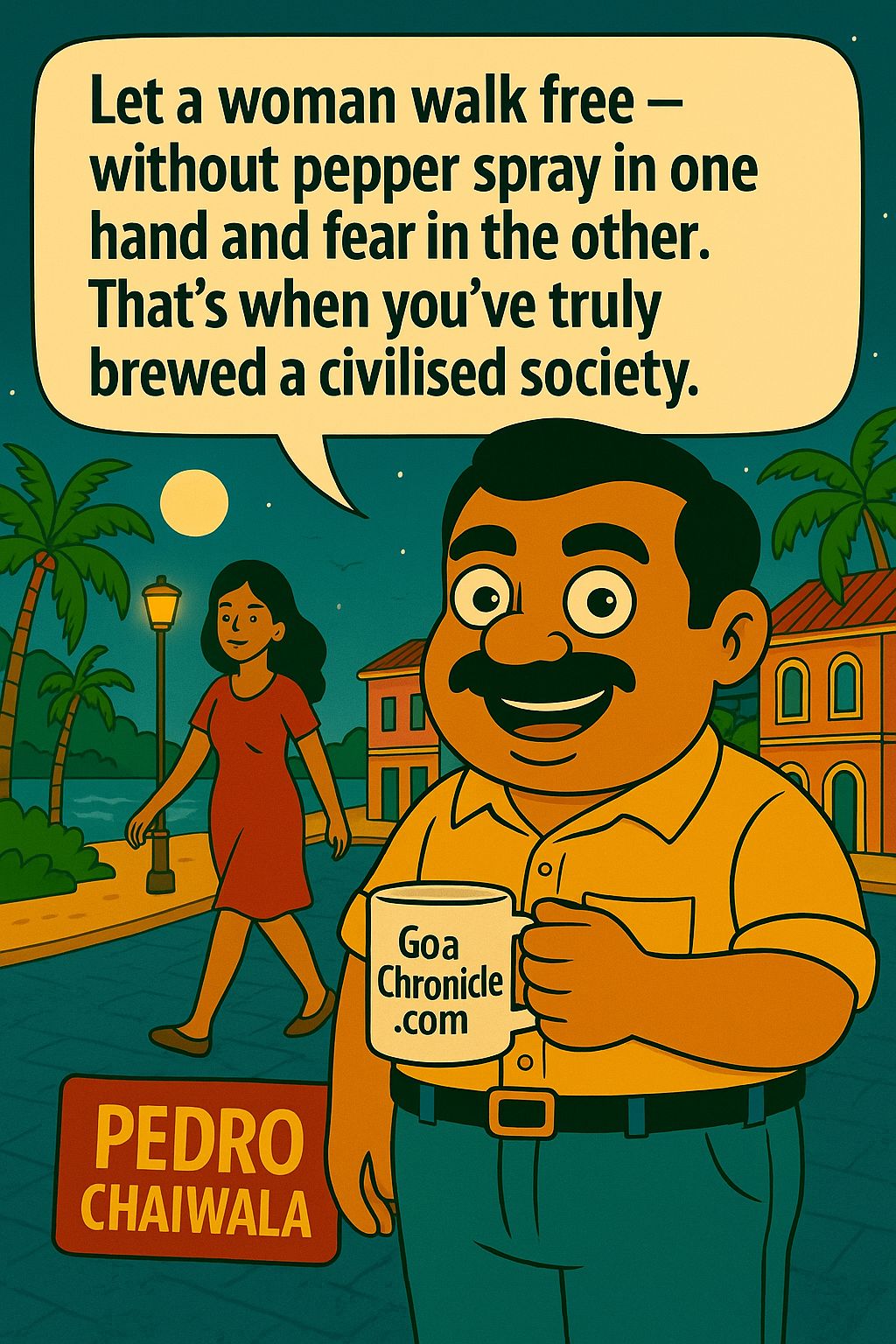India has been celebrating its victory on the creation of Bangladesh and the capture of 93000, Pakistan Army prisoners of war; OP VIJAY has taken precedence over the 1971 war being more recent and since 1999, has been celebrated each year.
In OPERATION VIJAY the casualties suffered were 527 as available in the public domain. To commemorate this victory, bicycle, motorcycle rallies and many public events are held at various locations, which culminate at the Drass War Memorial.
Conversely OPERATION PAWAN was launched on 30th of July 1987 on the signing of the Indo Sri Lanka Peace Accord between Late Prime Minister Rajiv Gandhi and Sri Lanka President Junius Richard Jayewardene.
Thirty-Five years later with 1300 killed in action and approximately 3500 grievously injured have been kept away from public memory on the sacrifice of the Indian Servicemen in a foreign country.
This was the first overseas tri service peace keeping operation launched to bring relief to the Tamils of Sri Lanka who were under duress, the local laws had been amended by an act of parliament to bring the stature of the Sri Lankan Tamil to a status of a second-grade citizen.
The Tamil youth took to the gun and this movement was supported by the Sri Lankan Tamils overseas who launched a campaign for an Elam (freedom) from the shackles of the Sinhala regime.
The political parties of Tamil Nadu provided safe haven in Tamil Nadu and gave their whole hearted support to their country cousins in Sri Lanka. The Central Government at the centre was under an inexperienced Prime Minister who was keen to see India as a regional power. In 1984 the Prime Minister on the assassination of his mother got elected on a popular sympathy vote. Egged on by his close coterie of friends, he wanted to take rapid strides by engaging with Pakistan and China.
China wanting to test the waters, attempted an expansionist movement in the Sumdrong Chu area; this was negated by Exercise Chequerboard; to blunt the Chinese land grab.
Indian Army simultaneously undertook Brass Tacks series of exercises, culminating in Exercise Brass Tacks IV, which involved the mobilisation of India’s offensive corps in the deserts of Rajasthan along with the Indian Air Force and the Indian Navy.
The Tamil rebel groups were engaged in a guerrilla war with the Sri Lankan Army. Sri Lankan government launched an offensive in Jaffna in end May 1987. The local population was denied food and medicines, which resulted in India launching humanitarian aid through Tamil Nadu fishermen on 19 fragile 32-foot-long, 96 horse power fishing boats, bearing Red Cross flags. Each boat carried two tonnes of cargo; pulses, kerosene, bread, matchsticks, tamarind, vegetables, milk powder and salt. But the main article was rice, 27 tonnes in all. This was contested by the Sri Lankan Navy as these boats attempted to enter the Sri Lankan waters.
As a contingency plan in anticipation of a blockade at sea, five AN 32 transport aircraft of the IAF took off from Bengaluru heading for Jaffna, 450 km away. There was excitement among the seven journalists on board the lead aircraft; flying at 12000 feet. They were escorted by four Mirage 2000 aircraft, for protection / intervention by the Sri Lanka air force.
During this period R&AW and selected regimental centres of the Indian Army were training LTTE cadres to take on the Sri Lankan Army. The LTTE cadres would proudly wear the uniforms; several LTTE leaders also accorded themselves self -styled ranks of the Indian Army.
The Indian Government had initially considered launching an offensive operation and was banking on the support of the LTTE; akin to the Mukti Bahini during 1971 operations in Bangladesh. The wily Sri Lankan president offered the olive branch of a peace accord, which made the PM of India and the Sri Lankan President look like statesmen. The only factor the two leaders did not take consider the defiant mood of the LTTE supremo Prabhakaran.
All attempts to getting Prabhakaran on board were failing. In a last resort attempt, Prabhakaran was flown by his R&AW handlers from Chennai to New Delhi to meet with the PM. Prabhakaran refused to change his stance, to consent to the peace accord. The LTTE supremo was left to himself to manage his way back to Jaffna. This insult was not forgotten and the revenge was taken on 21 May 1991 at Sri Perumbudur, in which a suicide bomber targeted Rajiv Gandhi. Recently the co-accused were released from jail having completed their prison terms.
Post the signing of the Indo Sri Lanka peace accord on 29th July 1987 at Colombo, the first troops of the Indian Peace Keeping Force landed at Jaffna on 30th July 1987. The Indian Army was accorded a hero’s welcome at Jaffna.
The quick changing operational orders had the military leadership was at its wits end to know when would the amendment to the orders passed would come in. The load tables were in disarray, some operational loads went by ship to Trincomalee and the troops flown into Palali airfield of Jaffna.
The Indian Peace Keeping Force, was kept away from going into Jaffna town. The mood was relaxed, there was a bonhomie that developed between the local population, LTTE cadres and the IPKF.
The LTTE was to surrender its arms and ammunition and the Sri Lankan government was pressurising the IPKF to carry out its mandate to disarm the rebel groups.
The Sri Lankan Navy apprehended 17 LTTE cadres on the high seas and brought them to Jaffna airfield to be taken to Colombo. This deportation was prevented by surrounding the Sri Lanka Air Force aircraft. The apprehended cadres went on hunger strike; LTTE leadership requested that food packets be allowed to be sent in, which allowed the smuggling of cyanide capsules resulting in the death of the cadres. This blew the lid off the peace accord as LTTE reneged on all promises made and an armed confrontation commenced on 10 October 1987. Units were without intelligence, maps and had no clue of the terrain.
Infantry units were surprised as the battalion support weapons and the ammunition were stored in a peace environment and “friends of yesterday were enemies of the day”.
Armour and Mechanised Infantry had been held back on main land, as offensive equipment had no role in peace keeping operations.
An Army trained to fight in a conventional operation overnight was engaged in fighting a fleeting and a nimble enemy in built up areas and jungles; who operated in half a dozen numbers and were agile to target the troops from coconut tree tops and change positions frequently thus creating a decision dilemma in the commanders at all levels on the actual strength engaging the IA.
The LTTE had in anticipation blackened out all the road signs in English, reading Tamil was a challenge. The smart use of Improvised Explosive Devices to knock out tanks, infantry combat vehicles and soft skinned vehicles took a heavy toll. The improvised claymore mines based on the US design but more devastating took its toll on the troops moving on foot.
Its kudos to the Indian Army’s junior military leadership and its troops to quickly learn on the job to innovate their battle drills and procedures as well as minor tactics to more than match the LTTE. The men rallied behind their officers who led from the front, the ethos of Naam, Namak aur Nishaan was at play.
Many a heroic engagement was fought, some good some bad. Unlike 1999, there was no direct broadcast of the battles being fought, the era of cell phones was far away. Logistics was at its poorest in Jaffna.
The Military planning, the performance of all ranks was at its lowest ebb. Brig Manjit Singh, commander of 41 Infantry Brigade took the bull by the horns and led his troops from the front.
My regimental tanks were flown in piecemeal on IL 76 Gajraj and on landing were ordered to move towards Jaffna, without a map or clear orders. The Infantry units would use the tanks to lead their advance.
In the first 72 hours of operations there was ‘fog of war’.
Casualties suffered and inflicted were many. Own battle casualties were flown by IAF aircraft to Madras; LTTE battle casualties too were reportedly being treated at Madras in the best of private hospitals.
The Indian Army was engaged in full-fledged operations and simultaneously R&AW was engaged in supplying the LTTE with all warlike stores, reflects on the conflict in the Indian Political Leadership ably assisted by its intelligence agencies in a stark difference on order being passed to the troops on ground.
What is the success of a military campaign?
The success of a military campaign is evaluated based on the degree of achievement of planned goals and objectives through combat and noncombat operations. This is determined when one of the belligerent military forces defeats the opposing military force within the constraints of the planned resource, time and cost allocations.
To amplify each action fought would be impossible to narrate in a short article, the list of Honours and Awards starting from a Param Vir Chakra to Sena Medal Gallantry and Mention in Dispatches is adequate to state that the Government of the day awarded the bravery and sacrifice of the men in uniform.
The gallantry displayed and sacrifices made in OPERATION PAWAN were no lesser than that displayed during OPeration VIJAY.
To my mind OP PAWAN was a success; keeping in mind the tasks allocated to the GOC IPKF.
- The LTTE was inflicted heavy casualties and it had to flee from Jaffna to the jungles of Vavuniya.
- Their supply lines were disrupted, however due to support from Tamil Nadu main land and cross purposes of the intelligence agencies this was not completely choked off.
- Peaceful elections were conducted in the Northern and the Eastern provinces.
- Rehabilitation and aid to civil authorities restored most of the civic agencies to start functioning.
- The Sri Lanka Armed Forces and police was restricted to their camps and safe from annihilation by the LTTE.
- The Sri Lankan army was able to concentrate and fight against the Janatha Vimukthi Peramuna (JVP) in the Southern States of Sri Lanka.
The political leadership had changed and President Premadasa, sent his Army Chief to tell the GOC IPKF that he should de-induct the IPKF from the island. GOC IPKF politely told the Sri Lankan Army Chief that he didn’t take his orders from the Sri Lanka Government. The missive in a letter from the President of Sri Lanka was carried back undelivered.
This emboldened the LTTE and Sri Lanka Army once foes to join hands. LTTE commenced launching operations from Sri Lanka Army bases in close vicinity of IPKF deployments.
GOC IPKF tasked his Combat Group commanders to be prepared to launch assaults on Sri Lanka Armed Forces camps and move towards Colombo with the first objective on the IPKF boundary line with the central provinces.
The change in the Indian Political leadership at the centre and the pull out of IPKF was ordered, which commenced in end 1989 and was completed by April end 1990.
The hero’s of 1987 in Tamil Nadu were not given a ceremonial welcome, the military leadership of the day distanced itself since that day to date. The Azadi ka Amrit Mahotsav, the Army Day Parade commemoration of all battles fought have given this Operation a miss by a barge pole length. Leadership across the board relegated the killed in action to an anonymous funeral pyre on the island and the mainland.
The memories of the bloodshed and the valour are only in the minds of the Veterans of OPERATION PAWAN, who are determined that before fading away in history; they have made a strong resolve to bring this legacy to the knowledge of the future generations and regain their rightful place in the annals of military history.
The failures of the political leadership, the arrogance of the Indian High Commissioner, the duplicity of the intelligence agencies, the connivance of the Tamil Nadu police force, the animosity of the Tamil Nadu local population, in hindsight seems that India as a Nation was prepared to Fight its own Army and defeat it on a foreign land.
To acknowledge the collective defeat of all the agencies against the tenacity and valour of the Indian Army perhaps shames all of them collectively, who have failed India as agencies later during OP VIJAY and in recent times OP SNOW LEAPORD.
The Indian Armed Forces can deal with an external enemy, the enemy inside is more dangerous. Is it worth fighting for an ungrateful lot, is a question that probably comes to the mind often, the Chetwood Oath remains supreme as the commitment given is for life and not a moment, even as one has hung his spurs and become frail in body but not in mind?
Lastly, when will we learn to respect the sacrifice of those who were killed in OPERATION PAWAN, a war memorial in Sri Lanka is an acknowledgement of the valour of our Bravehearts, sadly the country implodes, for which once the Indian Defence Forces fought to keep it united and peaceful.
[author title=”Shefali Kochhar,” image=”http://goachronicle.com/wp-content/uploads/2021/04/Screenshot_20210321-160233_LinkedIn.jpg”]Journalist, Goa Chronicle .
I am an entrepreneur who has tried her hands on various ventures like Electric Vehicle Charging Station , Online Retail Store / Trading and few more ventures. I have done my entrepreneurship from Amity University Noida.
Connect with me on TwitterRead My Other Articles
[feed url=”https://goachronicle.com/author/shefali-kochhar/feed/” number=”5″]
[/author]































